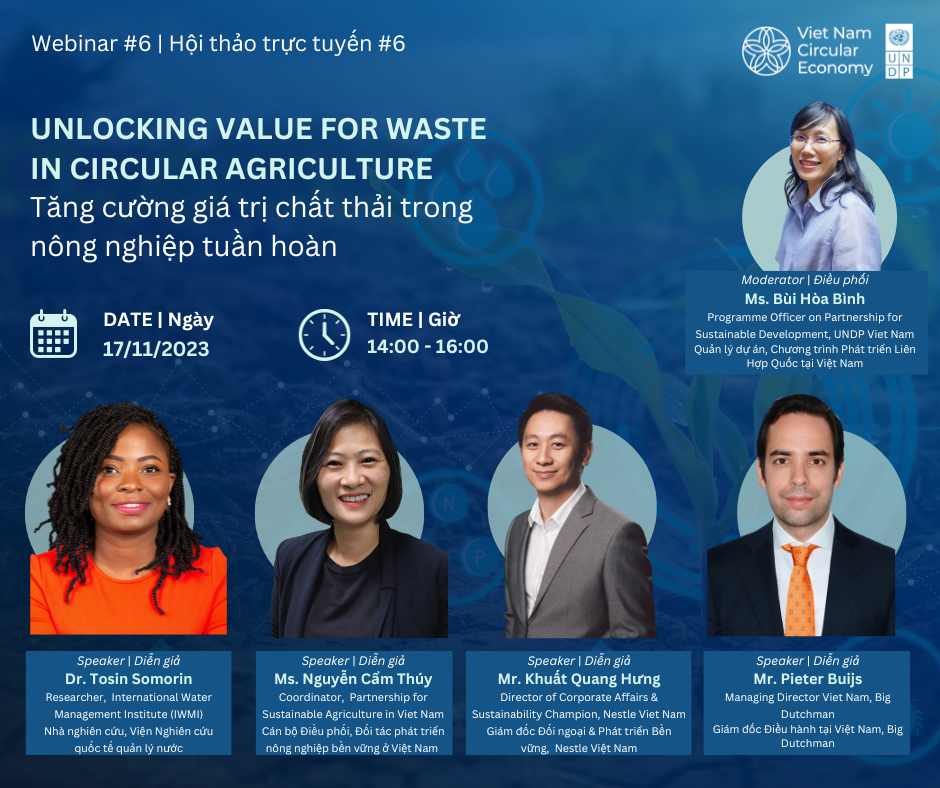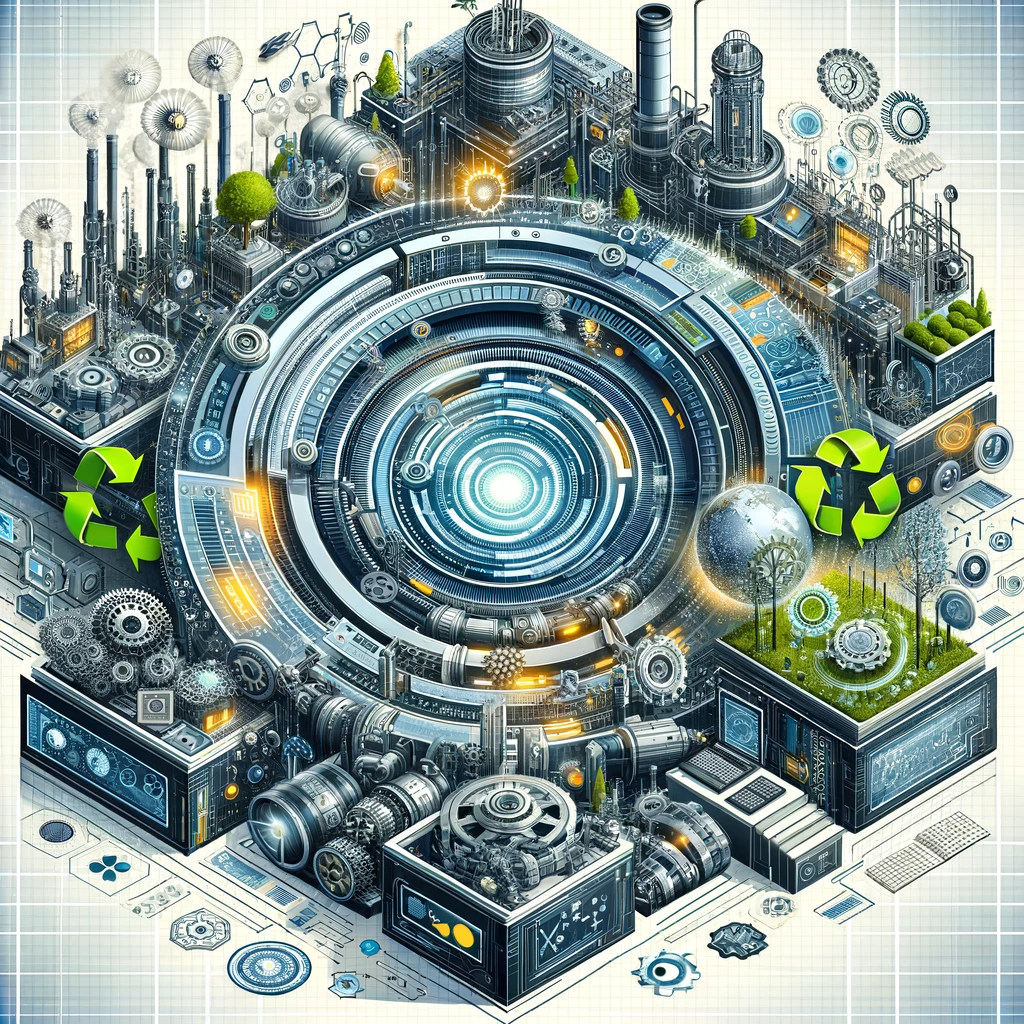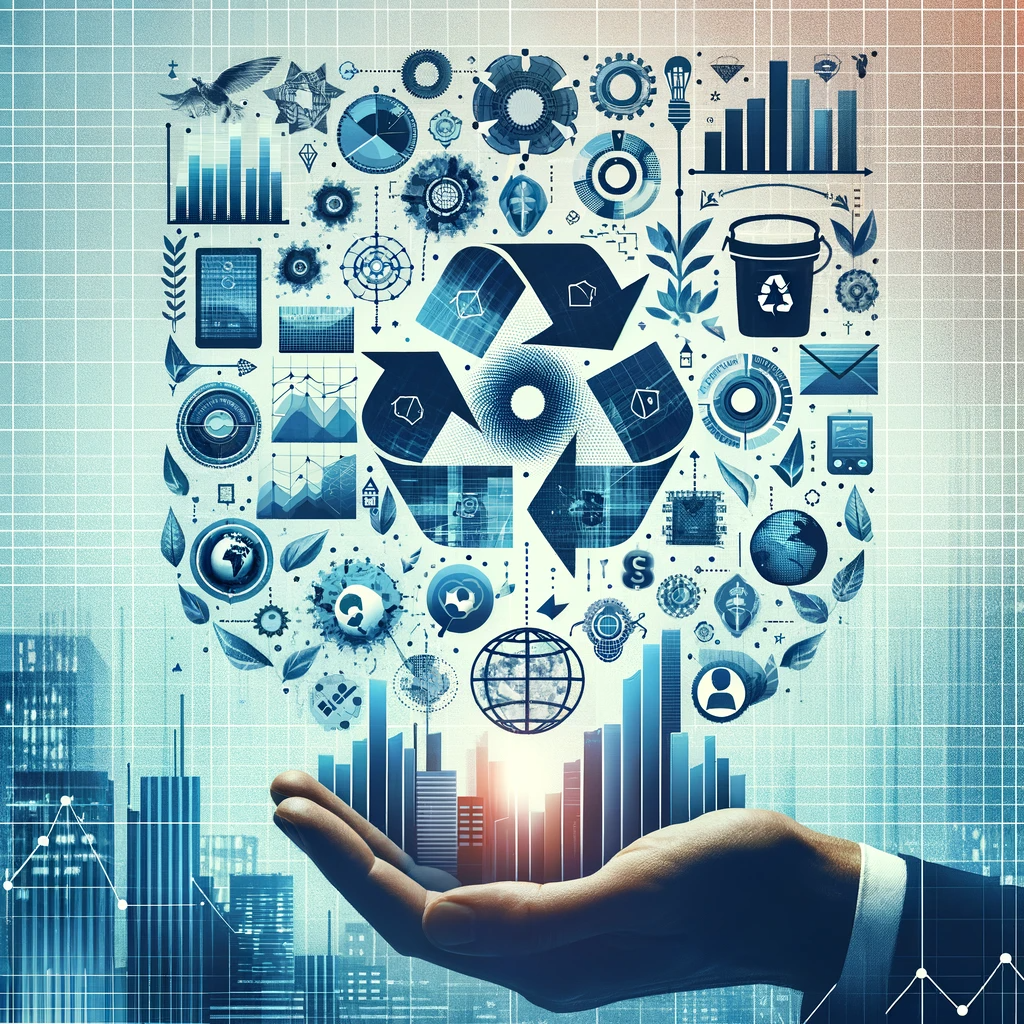The Circularity Gap Report 2023
The global economy is now only 7.2% circular, driven by rising material extraction and use. This is due to the fact that more and more materials are going into stocks such as roads, homes and durable goods, leaving fewer materials to cycle back into the economy. A circular economy focused on cycling alone cannot keep up with virgin material use, so it is critical to transform our relationship with materials to maximise benefits for people and to minimise the pressure on the planet’s life support systems. Adopting a circular economy could reverse the overshoot of planetary boundaries and slash the global need for material extraction by about one-third. This report examines the impact of circular materials management on air and water pollution, waste, nature degradation and loss, and more.
It finds that 16 transformational circular solutions across four key systems can reverse the current overshoot of five of the nine key planetary boundaries, maintaining thriving ecosystems for water, land and air, and limiting the global temperature rise to within 2-degrees. Each country has a different starting point and will progress at a different pace towards reversing environmental overshoot, while fulfilling people’s needs. Transformational change does not look the same across the world, with some countries needing to radically reduce material extraction and use, while others need to stabilise or even grow it. Middle-income countries must focus on reducing overconsumption and lightening their impact on the environment, while Build countries should focus on infrastructure and wellbeing, even if this requires increasing their material footprint. Policy makers are essential changemakers in upholding the rights of citizens and workers in the transition to a circular economy, embracing long-term vision and interests over short-term rewards. Circular business models can deliver material savings, and policy can set ambitious targets for active mobility and mandating Extended Producer Responsibility.
A circular economy offers solutions to reduce, regenerate and redistribute vital materials use, for both the planet and all its living beings. Three principles can help bring a shared focus to business leaders and policy makers: Reduce, Regenerate and Redistribute. A circular economy must push for a cultural shift to prioritise immaterial ways to fulfil needs, and invest in health, wellbeing and education and decent jobs. Regenerative solutions already exist to move from humanity being net-negative to net-positive on Earth’s life support system. Redistribute requires redistribution, different lifestyles, better technologies and social innovations to provide high standards of living to all.












